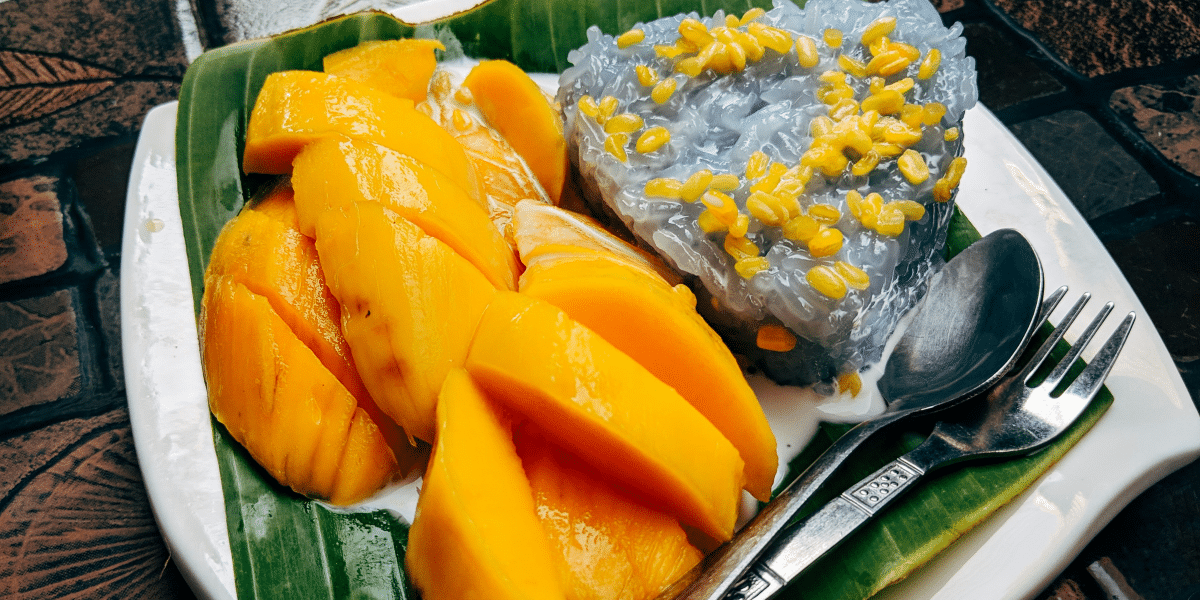Get ready to feel the sunshine and sway to the rhythm of island life! Calypso music, born in Trinidad and Tobago, is a celebration of life, humor, and social commentary. With its infectious beats, witty lyrics, and joyful spirit, it’s impossible to stay still when a calypso song comes on. Let’s dive into what makes this unique musical genre so irresistible.
The Heartbeat of Calypso: Rhythm & Instruments
Picture yourself on a sunny beach, the sound of waves your backdrop. Suddenly, a burst of metallic melody cuts through the air – it’s the unmistakable sound of steelpan drums, the heart and soul of calypso music. Their bright, percussive notes ring out, instantly establishing the infectious, danceable rhythm that defines the genre.
But it’s not just about the steelpans. Traditional calypso incorporates a whole orchestra of percussion. Shakers and maracas add a layer of rhythmic texture, while trumpets and trombones bring a brassy punch that’s pure energy. All of these instruments come together to create a soundscape that’s both complex and irresistibly groovy.
Calypso’s rhythmic magic lies not only in the instruments themselves, but also in the patterns they play. Syncopation, where the emphasis is placed on unexpected beats, is key. This off-beat emphasis creates a sense of playfulness and surprise, inviting your body to move in ways you wouldn’t usually expect. It’s this unexpected rhythmic bounce that makes it almost impossible to sit still when a calypso song comes on!
Clever wordplay and storytelling are at the core of calypso. A calypsonian (a calypso musician) is like a musical journalist with a touch of stand-up comedian. Calypso songs often offer social commentary, poking fun at politicians, highlighting current events, and celebrating everyday life with humor and satire. The best calypso lyrics are both catchy and thought-provoking.
A Brief History of Calypso
The story of calypso is inseparable from the history of Trinidad and Tobago itself. Its origins lie in the traditions of West African griots – storytellers and musicians who preserved their people’s history and culture through song. When enslaved Africans were brought to the Caribbean, they carried these traditions with them, adapting them to their new circumstances.
Calypso was born out of both hardship and resilience. As a form of self-expression and communication in a time of oppression, early calypso songs often used coded language and double meanings. They were a way for enslaved people to share news, voice their frustrations, and find moments of joy amidst struggle. This spirit of using music as a tool for commentary and social change remains central to calypso’s identity.
As calypso developed, it became a source of both entertainment and rivalry. Competitions emerged, with calypsonians battling it out to see who could craft the most clever, witty, and insightful songs. These musical duels became a staple of Trinbagonian culture, and this tradition is alive and well today. The pinnacle of the calypso competition season is during Carnival, where the best calypsonians take the stage in an explosion of music, satire, and celebration, showcasing this vibrant music form in all its glory.
Some of the most iconic calypso artists include Mighty Sparrow, Lord Kitchener, and Calypso Rose. These musical masters crafted songs that became anthems of Caribbean culture. Their influence spread far and wide, with Harry Belafonte’s popularization of calypso in the 1950s bringing the sound to an international audience.
Calypso Today
Calypso’s appeal isn’t stuck in the past – it’s a living, breathing musical tradition that continues to inspire and evolve. While honoring its rich history, modern calypsonians aren’t afraid to experiment. They weave traditional rhythms and melodies with fresh influences, incorporating electronic beats, synthesizers, and elements from other genres like soca, a high-energy, fast-paced cousin of calypso.
This fusion of old and new keeps calypso exciting and relevant for contemporary audiences. You might hear a pulsating electronic bassline under those classic steelpan melodies, or catchy lyrics about modern life delivered over a traditional calypso beat. This evolution is a testament to the enduring power of calypso’s spirit. It’s a genre that can adapt and change with the times while staying true to its joyful, thought-provoking core.
By embracing innovation, modern calypso artists ensure that this vibrant musical tradition will continue to captivate new generations. These fresh sounds might just be the perfect gateway for listeners to discover the timeless appeal of calypso, leading them back to the roots of this incredible musical genre.
Ready to inject some calypso sunshine into your life? Here’s how:
- Get Grooving: Search for classic calypso songs or modern mixes on streaming platforms. Don’t be afraid to let loose and dance!
- Explore Carnival: If possible, experiencing Carnival in Trinidad and Tobago offers the ultimate calypso immersion.
- Seek Out Live Music: Check if your area has Caribbean music festivals or venues featuring calypso bands.









